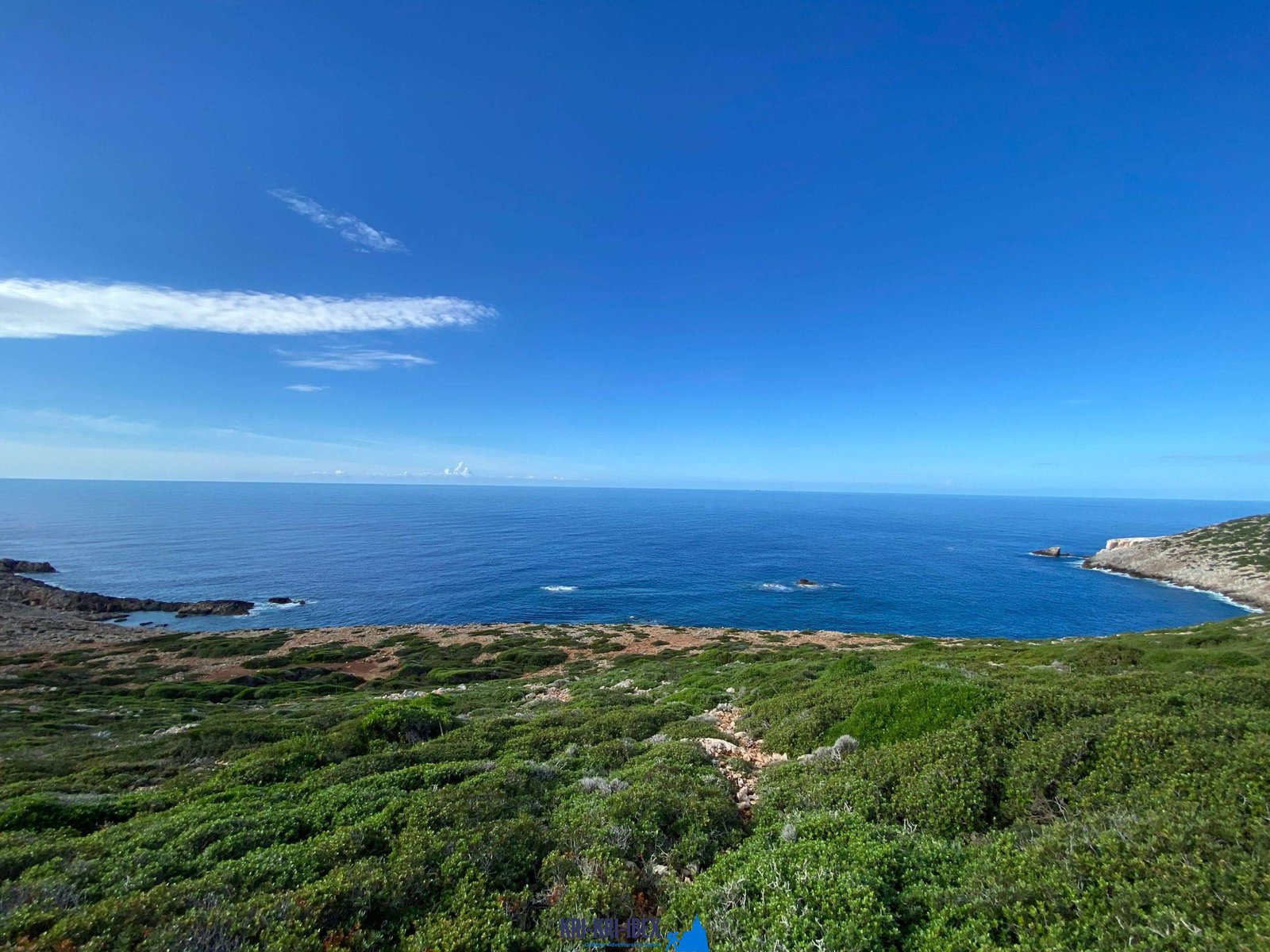Discovering the 'Real' Greece with Our Peloponnese Tours
Wiki Article

Hunting for Kri Kri ibex in Greece is an unbelievable holiday and an exciting hunting exploration all rolled into one. For a lot of hunters, ibex hunting is a challenging endeavor with unpleasant problems, but not in this case! During 5 days of touring ancient Greece, diving to shipwrecks, and spearing, you'll encounter beautiful Kri Kri ibex on an unique island. What else could you want?

This Ibex is not a little Capra aegagrus bezoar ibex, which has moved to the western extremity of this species' array. The kri-kri (Capra aegagrus cretica), likewise known as the Cretan goat, Agrimi, or Cretan ibex, is a feral goat living in the Eastern Mediterranean. The kri-kri has a light brownish coat with a darker neck collar. Two sweeping horns job from the head. During the day, they conceal to stay clear of tourists. In nature, the kri-kri can leap or climb relatively sheer high cliffs.
What to Expect on a Peloponnese Tour? When you schedule one of our searching as well as visiting Peloponnese Tours from Methoni, you can anticipate to be blown away by the natural beauty of the location. From the beautiful beaches to the woodlands and hills, there is something for everyone to enjoy in the Peloponnese. In addition, you will certainly have the possibility to taste several of the best food that Greece needs to provide. Greek cuisine is renowned for being fresh and also delicious, and also you will absolutely not be dissatisfied. One of the very best parts about our scenic tours is that they are developed to be both fun as well as educational. You will learn about Greek history as well as culture while likewise getting to experience it firsthand. This is an incredible possibility to immerse yourself in everything that Greece has to offer.
So if you are searching for a genuine Greek experience away from the pressure of tourism then look no more than Methoni in The Peloponnesos! Our exterior hunting for Kri Kri ibex, angling, cost-free diving as well as touring Peloponnese tours from Methoni are the perfect means to explore this lovely area at your very own speed with like minded people. Call us today to book your place on among our excursions.
kri kri ibex hunting
What is the diference between Kri Kri ibex, Bezoar ibex and hybrid ibex
The kri-kri is not thought to be indigenous to Crete, most likely having been imported to the island during the time of the Minoan civilization. Nevertheless, it is found nowhere else and is therefore endemic to Crete. It was common throughout the Aegean but the peaks of the 8,000 ft (2,400 m) White Mountains of Western Crete are their last strongholds–particularly a series of almost vertical 3,000 ft (900 m) cliffs called ‘the Untrodden’—at the head of the Samaria Gorge. This mountain range, which hosts another 14 endemic animal species, is protected as a UNESCO Biosphere Reserve. In total, their range extends to the White Mountains, the Samaria National Forest and the islets of Dia, Thodorou, and Agii Pandes.
This Ibex is NOT a diminutive form of the Bezoar Ibex, which has migrated into the western-most reach of the range of this species. The kri – kri (Capra aegagrus cretica), sometimes called the Cretan goat, Agrimi, or Cretan Ibex, is a feral goat inhabiting the Eastern Mediterranean, previously considered a subspecies of wild goat. The kri-kri has a light brownish coat with a darker band around its neck. It has two horns that sweep back from the head. In the wild they are shy and avoid tourists, resting during the day. The animal can leap some distance or climb seemingly sheer cliffs.
“The agrimi goat Capra aegagrus cretica is unique to Crete and its offshore islands. It has been identi®ed as a sub-species of the wild bezoar goat Capra aegagrus aegagrus Erxleben, 1777, which it closely resembles in horn shape, body form and coloration. This classi®cation has been disputed by some researchers who claim that the agrimi are feral goats, derived from early domestic stock brought to the island by the ®rst Neolithic settlers. In order to clarify this issue, DNA analyses (cytochrome b and D loop sequences) were carried out on tissue of live and skeletonized agrimi and compared to sequences of wild and domestic caprines. Results conclusively show the agrimi to be a feral animal, that clades with domestic goats (Capra hircus) rather than with wild Asiatic bezoar. This study demonstrates that morphometric criteria do not necessarily re¯ect genetic af®nities, and that the taxonomic classi®cation of agrimi should be revised.”
Report this wiki page